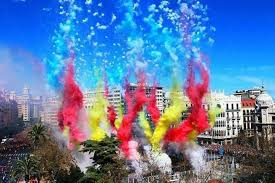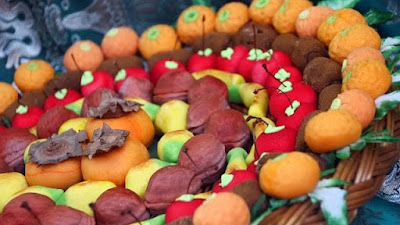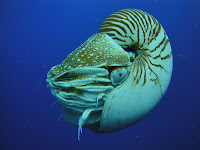Posted October 9, 2019
 The Moors ruled most of the Iberian peninsula (in other words, most of what is now Spain and Portugal) for many hundreds of years. The Moors were Berbers - people that, racially speaking, could be considered a mix of black (sub-Saharan African) and white (Arab/Saharan African); they were also Muslims. The Moors brought to Europe many amazing gifts of knowledge: advances in the various sciences and math and geography, new inventions such as the astrolabe (a navigation tool), and a much more advanced number system (Arabic numerals, including the all-important zero, replaced Roman numerals, to the great benefit of math in Europe!). They brought new words (like algebra, alcohol, and alkaline), new crops (like oranges, apricots, dates, and ginger), and new, arguably more civilized ways (like paved streets, raised sidewalks, street lamps, public libraries, and widely accessible education).
The Moors ruled most of the Iberian peninsula (in other words, most of what is now Spain and Portugal) for many hundreds of years. The Moors were Berbers - people that, racially speaking, could be considered a mix of black (sub-Saharan African) and white (Arab/Saharan African); they were also Muslims. The Moors brought to Europe many amazing gifts of knowledge: advances in the various sciences and math and geography, new inventions such as the astrolabe (a navigation tool), and a much more advanced number system (Arabic numerals, including the all-important zero, replaced Roman numerals, to the great benefit of math in Europe!). They brought new words (like algebra, alcohol, and alkaline), new crops (like oranges, apricots, dates, and ginger), and new, arguably more civilized ways (like paved streets, raised sidewalks, street lamps, public libraries, and widely accessible education). |
| The Alhambra (above) is a beautiful example of Moorish architecture in Spain. Another example is a mosque in Cordoba, Spain (below). |
Some have said that the African Moors "civilized" Spain.
But even though all of that is great, Moors had invaded and conquered a people, and eventually the descendants reconquered what they considered - even after centuries - to be "their" land. The Reconquista (Reconquest) took centuries and centuries to complete; today is the anniversary of King James I of Aragon capturing the city of Valencia from Moorish forces in 1238, but the reconquest wasn't considered complete until Granada was taken back in 1492, when Ferdinand and Isabella sat on the Spanish throne.
Valencia and nearby towns celebrate this holiday with costumed parades - many people wearing medieval costumes to represent the timing of the reconquest of their city. Feasts and parties are common after the parades. And of course, Valencia loves fireworks!
Because October 9 is also the feast day of the patron saint of lovers, many Valencian men give their sweethearts marzipan pastries wrapped in silk scarves or enclosed in decorative boxes.
 Valencia has some Moorish architecture in old town, plus lots of other styles of architecture including Gothic cathedrals...but what I like most are the beautiful modern buildings!
Valencia has some Moorish architecture in old town, plus lots of other styles of architecture including Gothic cathedrals...but what I like most are the beautiful modern buildings!And of course there's also the lovely Mediterranean:
Also on this date:
aka Unity Day
(Second Wednesday in October)
Plan ahead:
Check out my Pinterest boards for:

































0 Comments